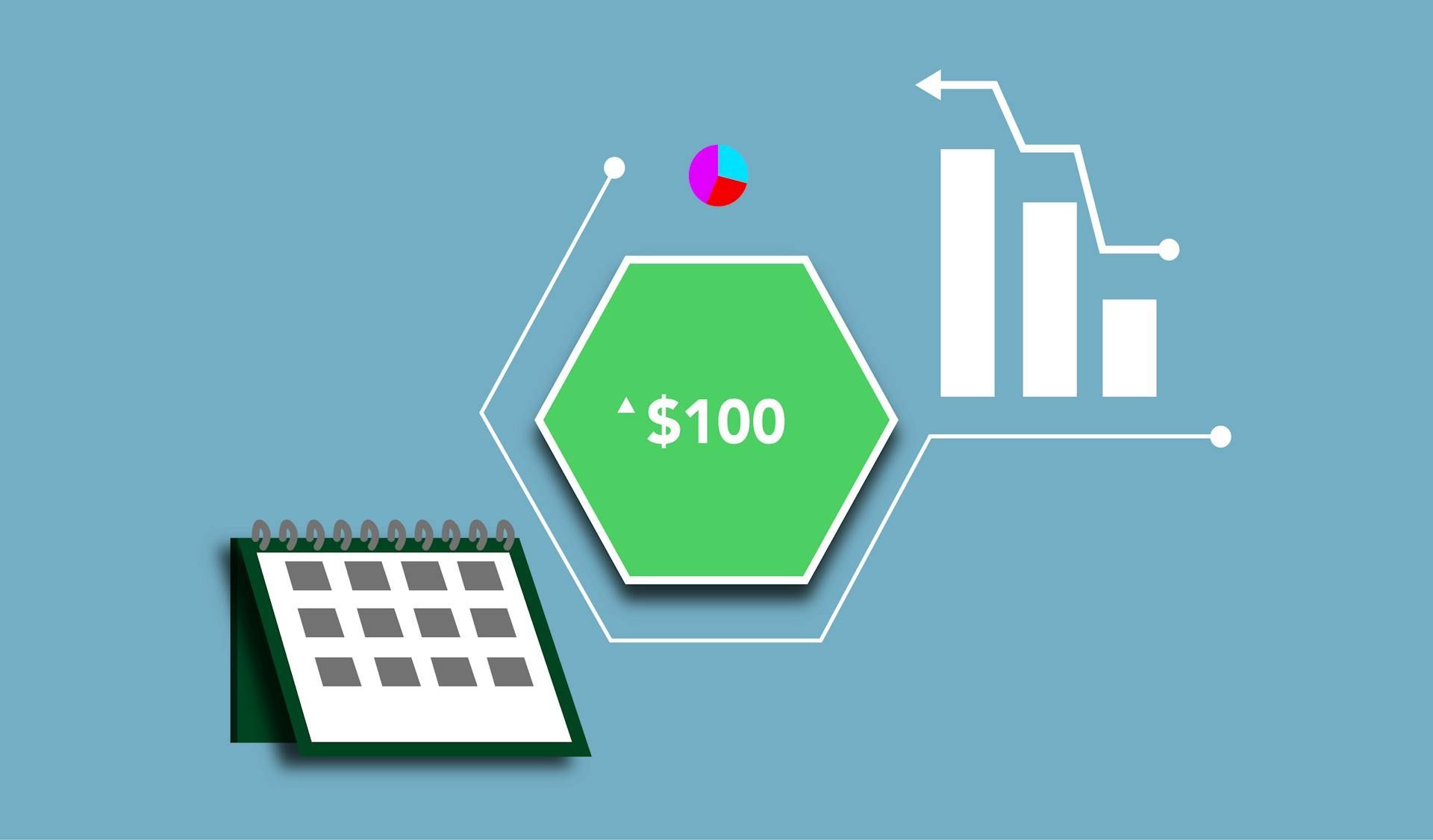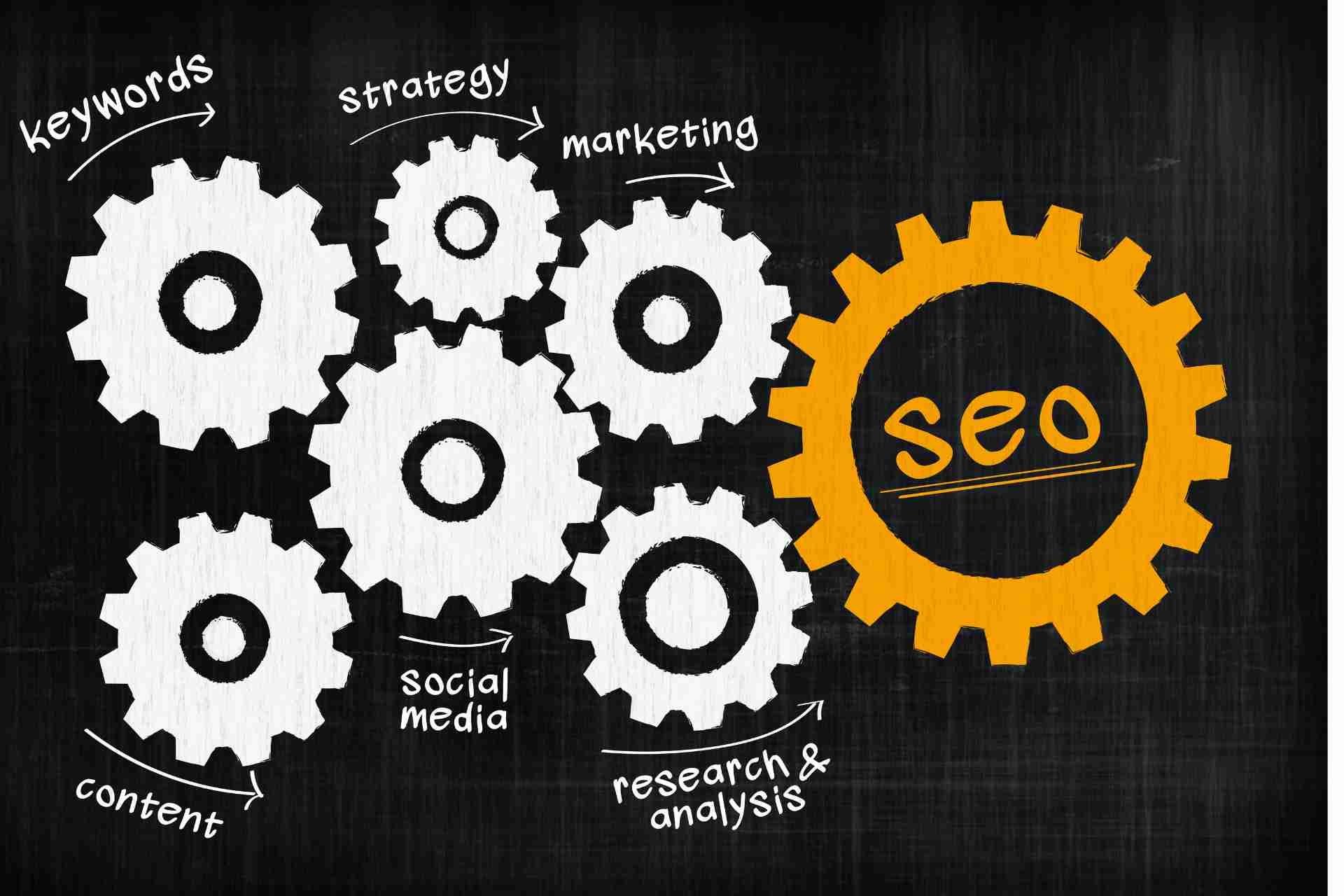What is Conversion Rate Optimization: Ways to Get Started

In today's digital landscape, where competition is fierce and user attention spans are short, businesses must continuously strive to maximize the performance of their websites.
So, you have a website or an online store, and you’ve spent a good amount of time and effort in driving traffic to it. But there’s one problem - the conversion rate is not matching up to your expectations. You’re not alone in this struggle. Many businesses face the same challenge of attracting visitors but failing to convert them into customers. This is where Conversion Rate Optimization (CRO) comes into play.
What is Conversion Rate Optimization?
Conversion Rate Optimization (CRO) is the process of enhancing a website or landing page to increase the percentage of visitors who take a desired action, such as making a purchase, filling out a form, or subscribing to a newsletter. The ultimate goal is to improve the overall conversion rate and generate more revenue for the business.
To put it simply, CRO is all about understanding user behavior and leveraging that knowledge to optimize the website's design, content, and user experience. By analyzing user interactions, businesses can identify barriers that prevent visitors from taking the desired action and find ways to eliminate them.
How to Optimize Conversion Rate?
Now that you understand what CRO is all about, let’s look at a few ways you can get started on improving your website’s conversion rate:
1. Analyze your website data - Start by analyzing the data you have about your website or online store. Look for patterns and trends. Where are visitors dropping off? Which pages have the highest bounce rate? Which pages have the highest conversion rates? Tools like Google Analytics can provide valuable insights into user behavior, which you can leverage to identify areas for improvement.
2. Set clear goals - Before you can optimize your website, you need to define your goals. What do you want visitors to do on your website? Is it to make a purchase, subscribe to a newsletter, or fill out a form? By setting clear goals, you can focus your efforts on the most important actions you want visitors to take.
3. Conduct user surveys and interviews - Understanding your visitors’ needs, preferences, and pain points is crucial for optimizing your website. Conduct user surveys and interviews to gather qualitative data. Ask questions like: What brought you to our website? What do you like or dislike about our website? What hesitations do you have when making a purchase? This will provide valuable insights into the mindset of your visitors.
4. Test different variations - A key component of CRO is A/B testing. It involves testing different variations of your website elements, such as headlines, call-to-action buttons, images, and forms, to see which version performs better in terms of conversions. By systematically testing different variations, you can identify the changes that have the biggest impact on your conversion rate.
5. Improve website speed - Slow-loading websites can be a major turn-off for visitors. It’s important to ensure that your website loads quickly and is responsive across different devices. Optimize your images, minify your HTML, CSS, and JavaScript files, and leverage caching techniques to improve website speed. This will not only improve user experience but also increase the likelihood of conversions.
6. Simplify your website design and navigation - A cluttered and confusing website can confuse visitors and discourage them from taking any action. Simplify your website design and navigation to make it easy for visitors to find what they’re looking for and take the desired action. Use clear and concise copy, remove unnecessary distractions, and guide visitors towards your call-to-action.
7. Build trust and credibility - Building trust with your visitors is crucial for increasing conversions. Include trust signals such as customer testimonials, security badges, and social proof on your website. Make sure your website is secure and prominently display contact information and privacy policies. When visitors trust your brand, they are more likely to take the desired action.
Why is Conversion Rate Optimization important?
Every website has a goal – be it generating leads, driving sales, or increasing engagement. However, many businesses fail to realize their full potential simply because they don't focus on CRO. Here are four reasons why CRO should be a top priority for your organization:
- Maximizing ROI - By improving conversion rates, businesses can extract higher value from their existing website traffic, effectively enhancing their Return on Investment (ROI) without increasing their advertising budget or traffic acquisition efforts.
- Improving User Experience - CRO involves analyzing user behavior, conducting tests, and implementing changes based on insights gained. This process ensures your website is user-friendly, intuitive, and engaging – ultimately creating a positive experience for visitors and customers.
- Enhancing Business Insights - CRO does not end with optimizing conversions. It also offers valuable data and insights about user preferences, behavior patterns, and potential barriers to conversion. Armed with this information, businesses can refine their marketing strategies, target audiences, and make data-driven decisions.
- Gaining a Competitive Edge - In today's saturated online marketplace, standing out from the crowd is crucial. Applying CRO techniques allows you to refine your messaging, differentiate your brand, and provide a seamless online experience, all of which can give you a significant competitive advantage.
What is the average conversion rate?
According to research conducted by Smart Insights, the average conversion rate across industries is around 2-5%. However, it is essential to understand that this is a broad and general average. For some industries, such as travel and tourism, the average can be as low as 0.5%, while e-commerce businesses might aim for a higher target of 10% or more. B2B (business-to-business) companies often have lower conversion rates compared to B2C (business-to-consumer) businesses due to the complexity of their sales cycles.
How to Calculate Conversion Rate
To calculate your conversion rate, you will need two numbers: the number of conversions and the number of visitors or sessions. Let's take an example to make it clearer. Suppose you have an online store and over the course of a month, you had 2,000 unique visitors, out of which 100 made purchases. Your conversion rate can be calculated as follows:
Conversion Rate = (Number of Conversions ÷ Number of Visitors) x 100
Conversion Rate = (100 ÷ 2,000) x 100 = 5%
So, in this case, your conversion rate is 5%. This means that for every 100 visitors to your website, you can expect around 5 of them to make a purchase.
Getting started with conversion rate optimization
Conversion Rate Optimization is an ongoing process that requires monitoring, testing, and ongoing optimization efforts. So, get started today and start reaping the benefits of conversion rate optimization!






